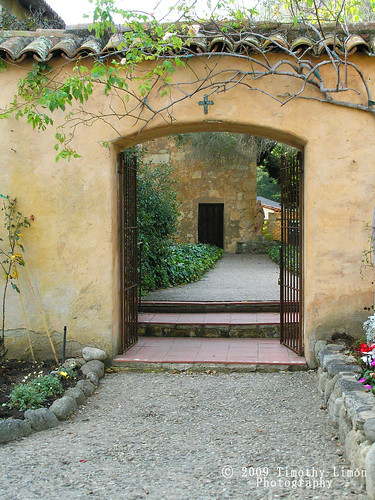
See 11/19/2009 update below...
Many of my friends
and family members know me as a computer geek. I've built PC's for years, constantly upgrading and tweaking, overclocking, etc... I know my way around the PC world pretty well. I've even dabbled in Linux and have built up servers for all my music.
Lately, since photography has "captured" my interest,
I've been noticing the limitations of PC monitors. I can really tell the difference now that I sell licenses on iStock. I spend hours tweaking things on the photo to increase the chances of having it accepted for sale. Now I notice the corners of the screen are a bit darker than the center. The upper left has a green tinge, while the lower right has a purple one. You can imagine how difficult it is to edit on something like this.
So...I decided to get a Mac,The Macintosh screens are known for their quality and precision. Most photographers I know use macs exclusively. This would be my first one. The new iMacs just came out and I fell in love with the 27" version: the quad-core. I agonized for weeks over the decision and finally made it two nights ago.The purchase experience was awesome; Whoever designed that should get a big pat on the back. No registers, staff handling the transaction form anywhere in the store are nice touches. I was in and out in no time; albeit a few thousand bucks poorer. Carrying the heavy box to the car was a bit of a chore. The box was pretty...pretty heavy!
Once I got home,
one of my daughters helped with the ceremonial "un-boxing" It was a hoot setting it all up. I plugged in the power, turned on the wireless keyboard and the "magic mouse". I reached behind the smooth round rear of this gorgeous piece of hardware, found the subtle power button and pressed it ever so gently. I felt giddy with excitement! I heard the drive whir and the glorious chime that macs make when they start up. My daughter and I jumped back and rubbed our hands together.....
Then????
Nothing... I heard the start-up routing asking me to choose a language, but no lights, no signs video at all??? Bbbut this is a Mac! this isn't supposed to happen, ever!
I saw John Hodgeman smirking at me.
A quick call
to the Apple Store and I was invited to bring it back for a quick exchange. "Has this ever happened before?" I asked. "Not to the quad-core's the salesman answered" Hmmm Some of the Mac forums say otherwise. Maybe this is a first production run quality issue. I just hope they have a replacement in stock, one that works!So tomorrow,
I'll schlep the pretty and heavy box back to get an exchange from the cheerful folks at the Apple store. I'll post again with the experience and hopefully it will be a *nice* surprise this time!
Update 11/19/2009
On my lunch hour today, I paid a visit to the apple store. I met a lovely sales associate there who brought a cart out to my car to gingerly transport my DOA mac into the store. After verifying that the screen was in-fact dead, she returned with a brand new machine. I was in and out in about 30 minutes. I'm writing this post from the replacement machine now. The whole experience was pretty nice. I'll give Apple credit for their customer service!


















